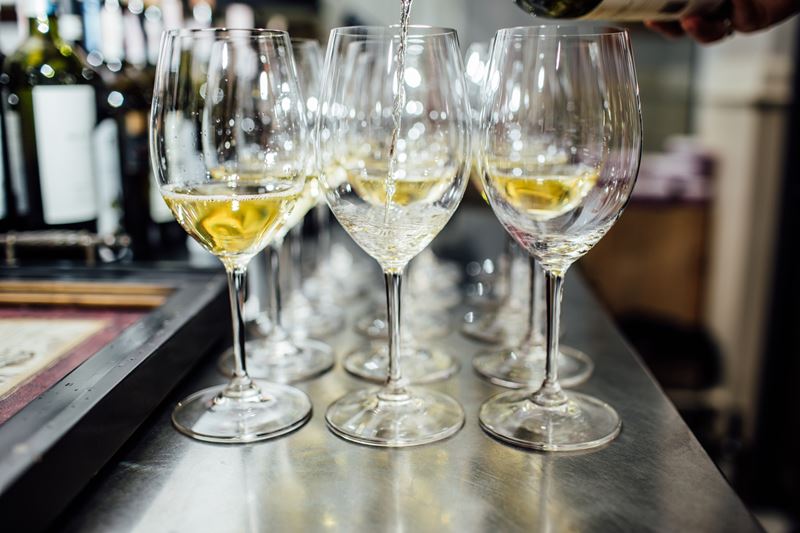New Study Reveals White Wine Varieties Most Vulnerable to Atypical Aging
New Research Explores Metals' Impact on Preserving White Wine's Youth
2024-04-15

Wine transcends the simplicity of just being a beverage. It's a complex chemical universe, sensitive to a myriad of factors that can alter its aroma, flavor, and overall quality. A phenomenon that has recently piqued the interest of the oenological community is atypical aging (ATA) in white wines, particularly due to the presence of 2-aminoacetophenone (2-AAP). This compound, known for its rapid degradation of fruity aromas and the emergence of less pleasant odors, has been at the center of recent studies.
Researchers in Central Europe have conducted two significant studies involving a sample of 139 white wines from various grape varieties, aiming to decode the mysteries behind the formation of 2-AAP. The findings are quite enlightening, especially concerning how different grape varieties influence the wine's susceptibility to develop this compound as it ages. Varieties such as Muscat and Riesling showed higher concentrations of 2-AAP compared to others like Chardonnay, Grüner Veltliner, Welschriesling, and Zelen.
One of the most intriguing discoveries is that the origin of this varietal effect does not seem to be directly linked to the concentration of 2-AAP precursors in the grapes or the young wine. This suggests that other factors, perhaps related to the winemaking process or even the intrinsic characteristics of each variety, could play a significant role.
The studies also examined how certain antioxidants and transition metal ions (Fe, Cu, and Mn) influence the formation of 2-AAP. Interestingly, while Fe and Mn ions tend to promote the formation of this compound, Cu appears to have an inhibitory effect. Furthermore, the effectiveness of various antioxidants in preventing the formation of 2-AAP varied, with commercial tannins added to the wines being more effective than glutathione.
A particularly fascinating aspect is the potential synergistic effect that might exist between tannins extracted from barrel wood and the antioxidant activity of the lees on which some wines are aged. This type of interaction could offer new avenues to optimize aging practices and preserve the desired characteristics of white wine.
These findings not only broaden our understanding of atypical aging in white wines but also underscore the need for further research. A deep comprehension of how various wine components interact and how these interactions affect the formation of compounds like 2-AAP is essential for advancing the production of high-quality white wines that maintain their desirable characteristics over time.
The science of wine continues to reveal how slight shifts in components can significantly impact the final product. Each study like this not only helps producers refine their techniques but also deepens our appreciation for every sip we take.
Founded in 2007, Vinetur® is a registered trademark of VGSC S.L. with a long history in the wine industry.
VGSC, S.L. with VAT number B70255591 is a spanish company legally registered in the Commercial Register of the city of Santiago de Compostela, with registration number: Bulletin 181, Reference 356049 in Volume 13, Page 107, Section 6, Sheet 45028, Entry 2.
Email: [email protected]
Headquarters and offices located in Vilagarcia de Arousa, Spain.